For developers of carbon projects for transition to regenerative agriculture
Havona helps you integrate soil data and satellite monitoring to provide immediate and accessible feasibility studies that facilitate the aggregation of territories in carbon projects for transition to regenerative agriculture.
You have perfected the practices that drive the agro-regenerative transition, now put your expertise at the service of Bioregional Regeneration.
Convert the evidence from your pilot plots into a validated modeling system that quantifies the increase in soil organic carbon (COS) and projects, with technical and financial accuracy, the high integrity carbon credits that your program can generate for new territories in the bioregion and in the same productive chain that seek to join the transition process.
Carbon credits generation process
At Havona we focus on the first step in facilitating the generation and validation of monetization projects with high integrity agricultural transition carbon credits.

I. Conduct a technical and financial feasibility analysis of a carbon project or program and write a Project Idea Note (PIN).

II. Establish the baseline according to the requirements of the registry and methodology.

III. Draft the Project Design Document (PDD) and complete the registration in the Registry.

IV. Implement Regenerative Management practices that optimize ecosystem services such as carbon sequestration in soils.

V. Monitor the increase in Soil Organic Carbon (COS) and biodiversity (co-benefits) compared to the baseline.

VI. Report and Verify the increase of COS for the issuance of carbon credits with co-benefits.
Carbon credits generation process
At Havona we focus on the first step in facilitating the generation and validation of monetization projects with high integrity agricultural transition carbon credits.

I. Conduct a technical and financial feasibility analysis of a carbon project or program and write a Project Idea Note (PIN).

II. Establish the baseline according to the requirements of the registry and methodology.

III. Draft the Project Design Document (PDD) and complete the registration in the Registry.

IV. Implement Regenerative Management practices that optimize ecosystem services such as carbon sequestration in soils.

V. Monitor the increase in Soil Organic Carbon (COS) and biodiversity (co-benefits) compared to the baseline.

VI. Report and Verify the increase of COS for the issuance of carbon credits with co-benefits.
Our services
Our services give you the tools you need to economically justify and make the decision to implement changes towards a regenerative agricultural transition.
Calculator of Potential
Schedule a free call with one of our specialists: we will review the basic data of your farm, make a preliminary calculation of the carbon sequestration potential according to the literature and explain the estimated ROI of your agro-regenerative transition.
Technical Feasibility and Financial Feasibility
We develop and validate a modeling system that transforms your plot data into profitable decisions. We identify pilot and control plots, take and link your soil carbon data to satellite indices, calibrate a geostatistical model and, through our financial engine, convert COS increment into clear projections of carbon credits, cash flow and payback time.
Project Design de Carbono
We model ROI scenarios for the set of farms, define the minimum area that makes the project viable and draft the Project Idea Note (PIN) according to the Registry's requirements. With this document, your program is ready to enter the formal carbon credit generation path.
Learn more about the methodology we are modeling:
“Methodology for Soil Organic Carbon Estimation in Regenerative Cropping and Managed Grassland Ecosystems”
Calculate your project potential for free
Schedule a free call with one of our specialists to start with a carbon sequestration potential calculation.
Key Moments
At Havona we have identified 3 key moments in the transition process towards regenerative agriculture practices where we simplify and enhance the project's success
Aggregates program
Bringing smaller farms together under shared practices reduces verification costs and streamlines the generation of carbon credits, giving every landowner the opportunity to benefit.
Havona streamlines the measurement, modeling and monetization of SOC improvements, helping project developers unify fragmented plots, align stakeholders and expand carbon credit opportunities. Get reliable forecasts and blockchain-backed assurance without incurring large costs-so you can move from pilot projects to large-scale, regenerative adoption, nimbly and cost-effectively.
Who does Havona serve?
Project Developers & NGOs
- Brings together multiple plots into a single bioregional program and reduces verification costs.
- Reposition Havona’s feasibility studies with your own brand, creating a new source of revenue..
- Optimizes the distribution of capital and attracts financing by providing sound information to producers, donors and investors.
Bioinputs Companies
- Collaborate with project developers to validate the impact of your products on Soil Organic Carbon (SOC).
- Creates joint carbon programs that enhance adoption and reduce financial risk for farmers.
- Provides developers with credible, branded feasibility reports under a unified transition strategy.
Livestock & Regenerative Farmers
- Check your own achievements: we show you, with lab and satellite data, how much carbon you have already accumulated in your pilot plots and the market value of those credits.
- Project your expansion: calculate before investing how many carbon credits and how much income will be generated by applying these same practices to the rest of your hectares.
- Choose your funding path: operate on that projection alone or join an aggregated program to obtain early investment, collective insurance and blockchain certificates that support your carbon and reinforce your financial stability.
Impact Funds & Investors
- Collaborate with developers who offer simplified feasibility thanks to Havona’s integrated tools.
- Reduces risk by investing in rigorously evaluated multi-territory programs, rather than isolated projects.
- Monitor ecological and financial returns with greater confidence, ensuring measurable impact across your portfolio.
Banks & Trusts
- Fund developer-led regenerative initiatives based on verifiable carbon credit projections, rather than simple performance assumptions.
- Strengthen your credit portfolios with transparent and aggregated data that reduces the risk of non-payment.
- It supports sustainable practices on a large scale, making banks key partners in regenerative transformation.
Insurance Companies
- Design customized policies that support regenerative transitions organized by developers at source.
- Bases premiums and offsets on plot-level SOC data, calculating risks more accurately, especially in early stages.
- It works hand in hand with developers to build confidence in new bioinputs and practices, accelerating adoption and protecting both farmers and insurers.
Benefits of Soil Organic Carbon (SOC) in Regenerative Projects
Take advantage of the most consolidated environmental market
Boosts Soil Health and Water Retention
A Nature-Based Climate Solution
Reliable and Transparent Measurement
Prevents Sprawl and Preserves Habitats
Paving the Way to a Regenerative Economy
We have the confidence of leaders in the sector.



Team

Efraín Orozco
General Director
Regenerative Business Models
Faculties
- Certificate in Regenerative Economics and Finance.
- Environmental Engineering.
Experience
More than 8 years in the technology and software industry with focus on environmental analytics, agriculture, sensors and verification processes.

Chase Foster
Chief Technology Officer
Software Engineer
Faculties
- Software Engineer
- Full Stack Developer
- Python, Javascript, Java, C++.
Experience
More than 15 years of experience as a software developer and team leader in the USA.
